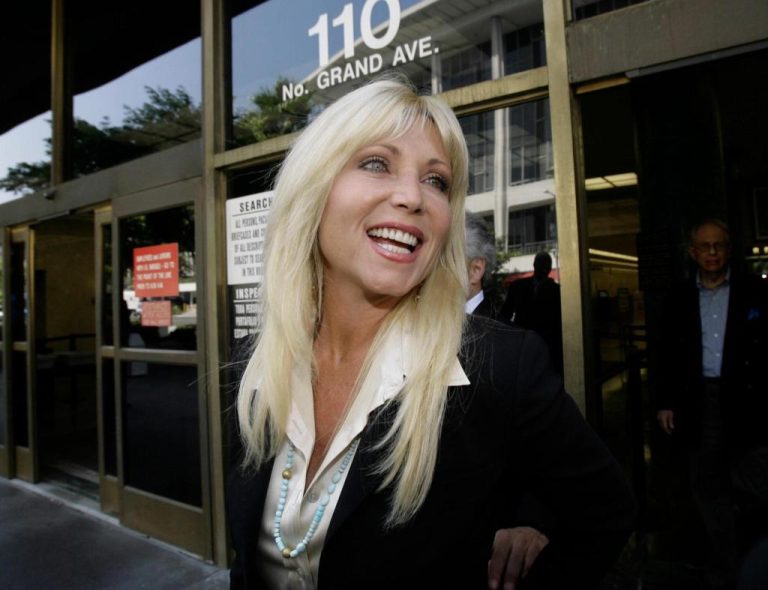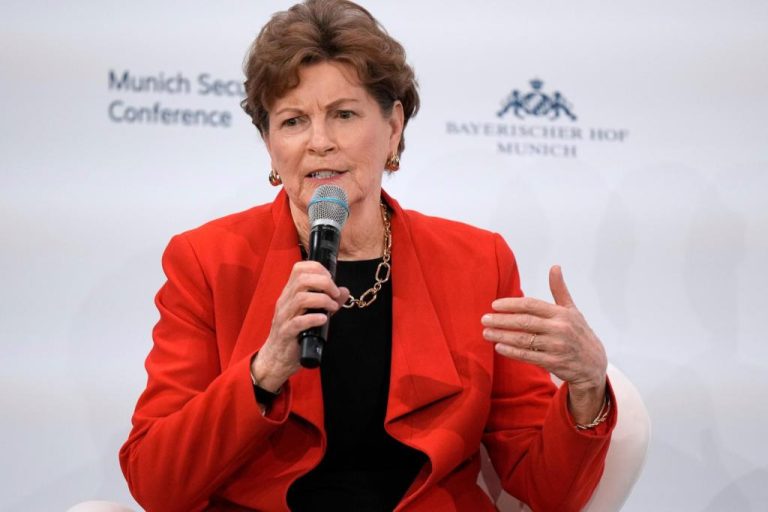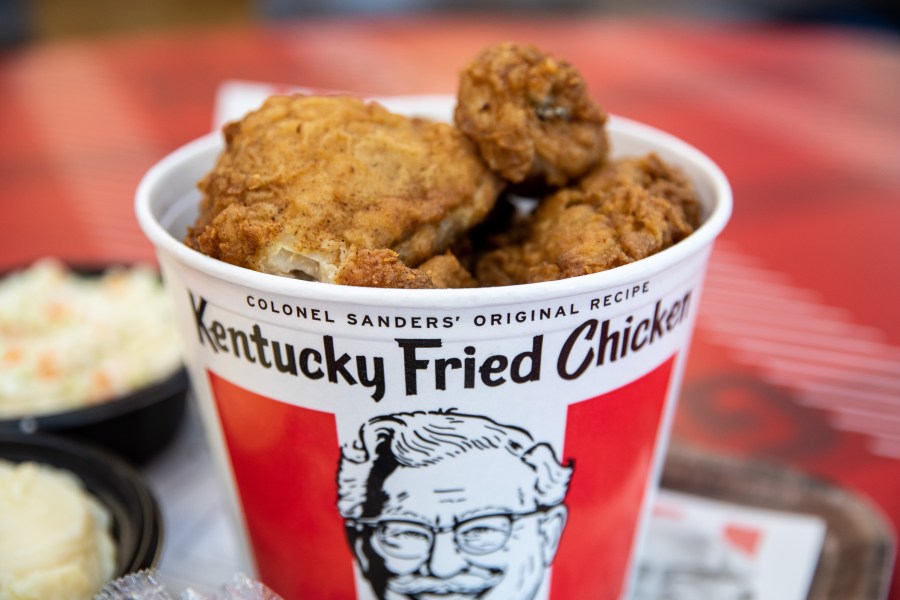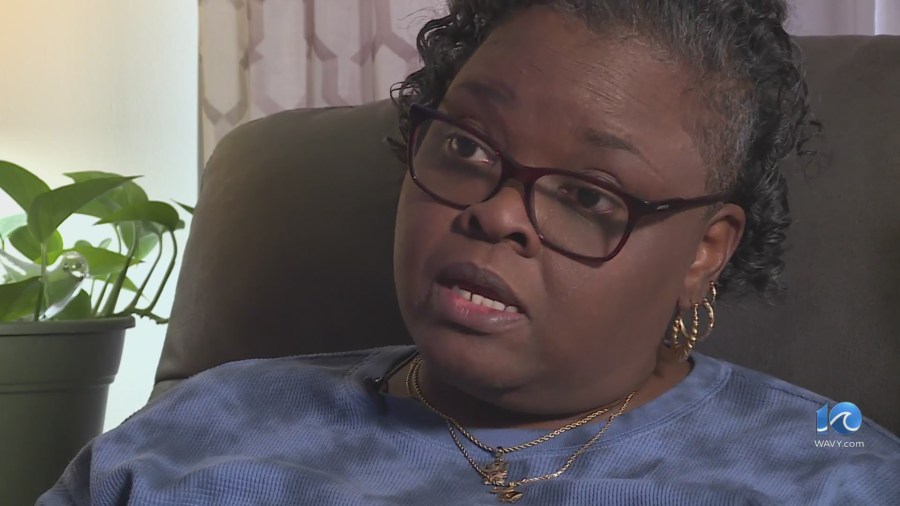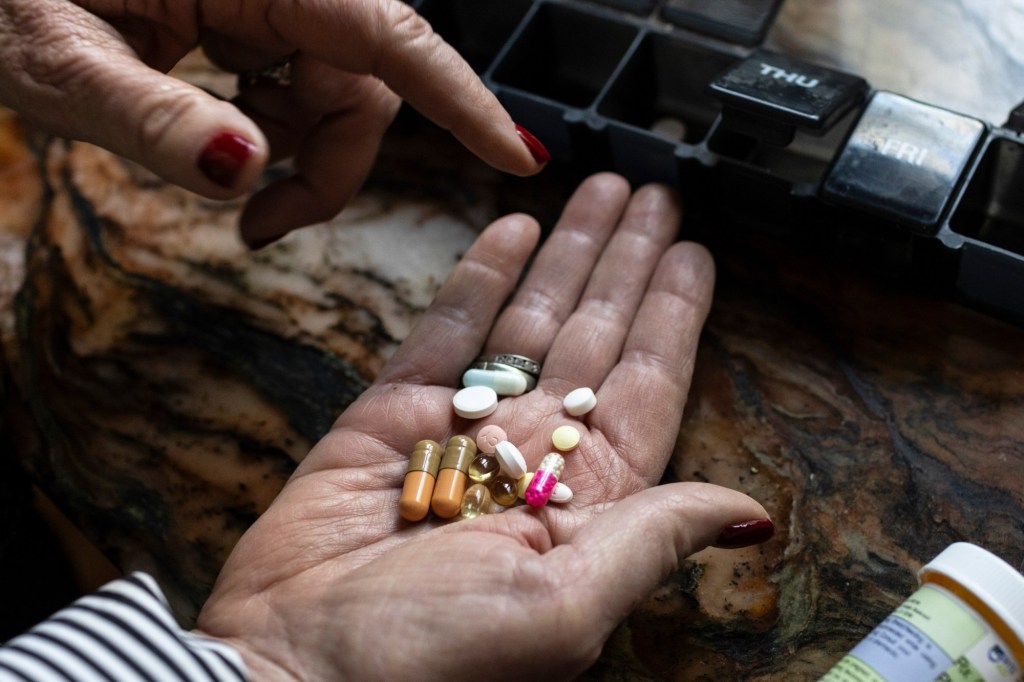
By Paula Span
The New York Times
In July, a notice appeared on the front door of The Drug Store, the only pharmacy in rural Kernville, in Kern County. After 45 years, the proprietor wrote regretfully, it would be closing in four days and transferring customers’ prescriptions to a Rite Aid about 12 miles away.
As the news spread, “there was a real sense of loss, a sense of mourning,” said Roberta Piazza Gordon, who owns Piazza’s Pine Cone Inn in Kernville. The pharmacy had served as a community crossroads where people chatted with neighbors and with the friendly staff.
Its closing also created practical concerns. “We are an aging population,” Gordon, 69, said of the townspeople.
She relied on The Drug Store for her blood pressure and cholesterol medications and for anti-inflammatories after injuring her shoulder. Her husband, who is 70, also regularly filled prescriptions there.
At The Drug Store, “you got your flu shot, your COVID shot, your pneumonia shot,” she said.
Now, those services require a 20- to 30-minute drive to the Rite Aid, which is in Lake Isabella and which Gordon described as understaffed for its growing number of customers.
“On any given day, there’s a line of 10 to 15 people waiting at the pickup window,” she said. Unlike The Drug Store, the Rite Aid doesn’t deliver.
That leaves Kernville residents in what researchers call a pharmacy desert, defined as living more than 10 miles from the nearest pharmacy in rural areas, 2 miles away in suburban communities or 1 mile away in urban neighborhoods.
Nearly 30% of pharmacies in the United States closed between 2010 and 2021, according to a new study in the journal Health Affairs. After initial years of growth, the number of closures outpaced that of openings from 2018 to 2021.
“It’s an unprecedented decline,” said Dima Qato, director of the medicines and public health program at the University of Southern California and the senior author of the study.
Like many health disparities, reduced access to pharmacies affects some communities more than others. Closings “happen more in low-income Black and Latinx neighborhoods than any other, and in neighborhoods that are more heavily dependent on Medicare and Medicaid,” Qato said.

In Miami-Dade County, Florida, for example, more than half of pharmacies closed over the decade, and although many others opened, the county experienced a 5% net loss. Forty-one states, and about a third of U.S. counties, had fewer pharmacies in 2021 than in 2010.
“It’s going to get worse,” Qato said.
Several big chains have more recently announced further closures. When Rite Aid declared bankruptcy last year, the company said it would close 154 locations.
In 2010, it owned about 4,800 pharmacies. When it emerged from bankruptcy in September, it had 1,300.
CVS, the nation’s largest pharmacy chain, opened 100 stores between 2022 and 2024; in that period, it closed 900. Walgreens announced in October that it would shutter 1,200 of its roughly 8,500 stores over three years. Independent pharmacies, the Health Affairs study noted, face more than twice the risk of closure compared with chain stores.
Declines in the numbers of pharmacies pose a particular threat to older adults, who take more medications than younger people do. Nearly 90% of seniors reported taking a prescription drug last year, and almost 60% took four or more, according to an analysis by KFF, a health research organization.
Moreover, “pharmacies don’t just dispense medications,” said Dr. G. Caleb Alexander, an internist and public health researcher at Johns Hopkins University and co-author of the Health Affairs study. “They deliver other services.”
Eighty percent of shingles vaccinations were administered at pharmacies last year. So, too, are 60% to 70% of flu shots and 40% to 50% of pneumococcal vaccinations during cold and flu season, according to the IQVIA Institute for Human Data Science.
Some pharmacies include walk-in clinics that offer other medical services. At Walmart stores in 21 states, for instance, pharmacists can test customers for strep throat, flu and COVID-19, and provide prescriptions for those who test positive.
When pharmacies close, some customers simply stop taking vital medications. In a 2019 study of older adults taking cardiac drugs — such as statins, beta blockers and blood thinners — adherence to prescribed regimens dropped immediately among those whose pharmacies had closed, compared with that of the control group. The decline persisted after a year.
“These are commonly used medicines that treat important cardiac conditions that people take daily for years,” said Alexander, co-author of the study, which appeared in JAMA Network Open.
The decline, although small (5% to 6% for each drug category), was “clinically significant,” he said. “With the number of older adults on these medications and the incredible churn of pharmacies, we’re talking about hundreds of thousands of individuals a year at risk” of discontinuing prescribed drugs.
Experts cite a number of reasons for the wave of shutdowns. Qato pointed to “a lot of mergers and vertical integration in the pharmacy industry,” as well as low reimbursement rates through Medicare Part D, which covers prescription drugs, and state Medicaid programs.
Others note the huge sums that chains such as CVS and Walgreens paid to settle lawsuits related to the opioid crisis.

The role of pharmacy benefit managers has come under particular scrutiny, including from an investigation by the Federal Trade Commission. Its interim report in July was pointedly subtitled “The Powerful Middlemen Inflating Drug Costs and Squeezing Main Street Pharmacies.”
These intermediary companies, many affiliated with insurers or pharmacy chains, design drug formularies and negotiate prices. They also determine which pharmacies are in network for insurance plans and which of those are “preferred,” offering patients lower copays.
“That’s why they’re so powerful,” said Ge Bai, a health policy and management researcher at Johns Hopkins. “They control the money.”
Nearly all stand-alone Medicare Part D drug plans, and more than half of Part D plans included in Medicare Advantage, designate preferred pharmacies, the trade publication Drug Channels has calculated.
“Patients don’t go to you if you’re not preferred,” Bai said. That puts independent pharmacies, less likely to be “preferred,” at risk of lower reimbursement and closure.
Congress, Medicare or the FTC could take steps to address this. Bai compares financially imperiled pharmacies to rural hospitals kept open with federal support.
“You either let them die or you subsidize them with taxpayer money,” she said. “It will be expensive to do” but might prevent pharmacy deserts.
Qato argues that Part D plans should not select preferred pharmacies at all.
“Allow patients to choose which pharmacy to go to, with the copay the same, regardless,” she said. “So the pharmacy is reimbursed fairly, whether it’s preferred or not.”
The odds that an incoming Republican administration or Congress would take any such action seems remote, however. Bai predicted less scrutiny from the FTC in coming years as well.
So, older consumers may be navigating the fallout on their own, turning to online and mail-order sources as local pharmacies fold.
In Oxford, Mich., “Going out of business” signs suddenly appeared in the windows of the Rite Aid pharmacy last summer.
That was where Jon Katz, 75, a retired ad executive, filled three cardiac prescriptions, and where his wife, Cathy, 68, a retired medical assistant, got antibiotics when needed.
When they picked up anti-seizure medications for their disabled adult son, Joey, the pharmacists greeted him by name. The family was vaccinated for COVID there, too.
Now, the nearest pharmacy is a Walgreens in Rochester Hills, 10 miles away. “It’s understaffed and overwhelmed due to the influx of new customers,” Jon Katz said. “The service is lacking and the technical glitches are too many.” And nobody knows Joey’s name.
But it’s their best option for now — as long as one of them can drive. When older people can’t, Cathy Katz said, “you just hope you have a big, healthy family.”



